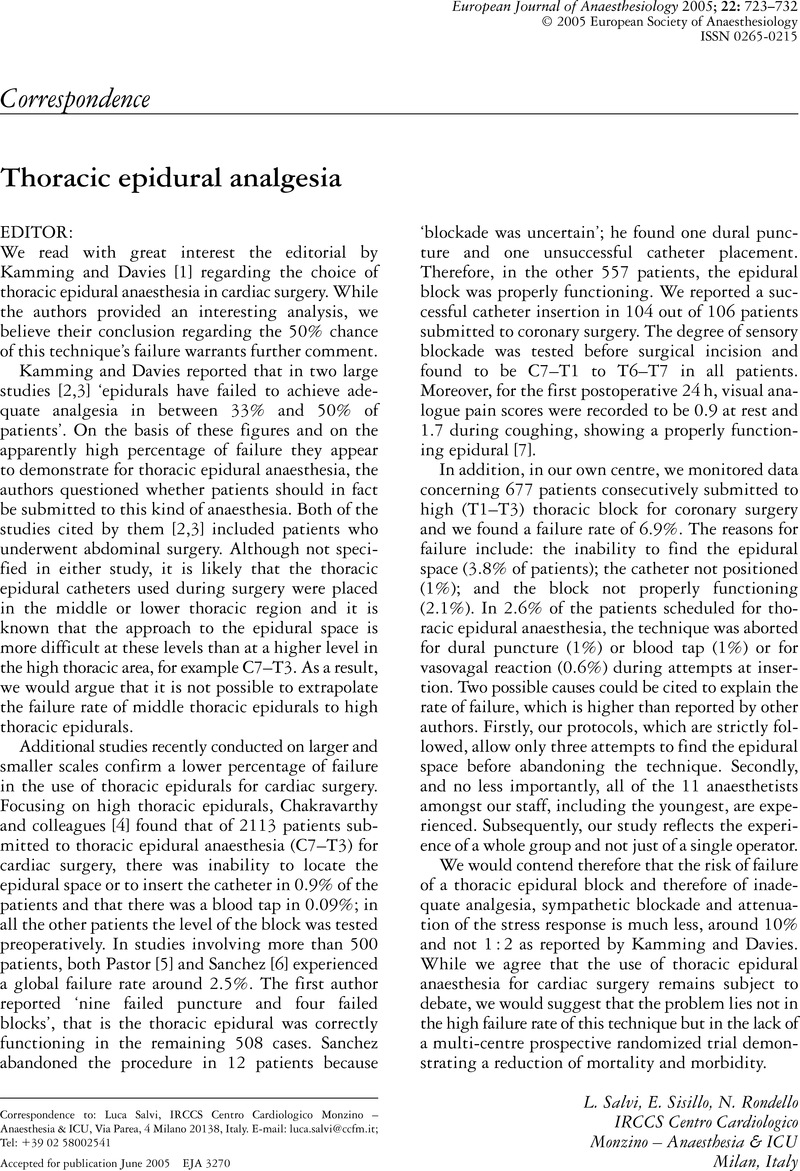Crossref Citations
This article has been cited by the following publications. This list is generated based on data provided by Crossref.
Prosser, Brent J.
2007.
Upper endoscopy in the setting of tongue piercing.
Gastrointestinal Endoscopy,
Vol. 66,
Issue. 6,
p.
1251.





